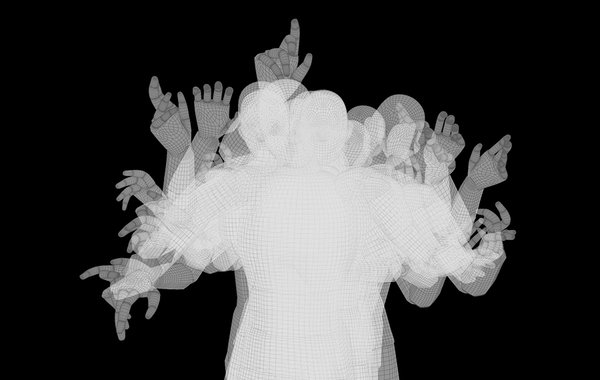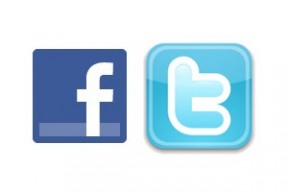A roundup of my favorite applications of arts and technology this month:
1) Music and Gestures: Capturing the Movement of Conductors
In “The Maestro’s Mojo,” Daniel J. Wakin of the New York Times interviews Alan Gilbert, the music director of the New York Philharmonic. The article discusses the importance of the conductor's form, gesture, and physical presence during a concert, breaking down the essential components of each movement: right hand, left hand, face, back, lungs and brain.
What is most revealing, not to mention beautiful, is the motion-capture sequence and interactive demonstration of Gilbert’s movement and gestures while conducting. Even if you view the interview with the sound on mute, the digital simulation of Gilbert conducting is worth your time. Captured in this digital transformation is the grace, the lines and the precision of a conductor at work. The digital transformation is both a work of art in itself and a fascinating study of the movements that perhaps, so nuanced, evade even the most cultivated and experienced concertgoer.
[embed]http://www.http://vimeo.com/40095898[/embed]
2) Pianos and Landmines
Did you catch this story earlier in the month? It’s about Marian Bechtel, a 17-year-old finalist in the 2012 Intel Talent Search competition. Bechtel presented her invention of a low-cost minesweeper that uses sound waves to detect explosives. A pianist, Bechtel applied her knowledge and expertise on the logistics of sound wave travel in music, to that of determining the location of land mines. Though her minesweeper prototype did not win her first place in the competition, Bechtel’s inspirational and innovative discovery is one that spans the fields of science, engineering, technology, warfare, humanity, and music- the juxtaposition of melodic beauty and peace, with war and destruction.
[embed]http://www.youtube.com/watch?v=nGW2qAHLJCc[/embed]
3) Not about music, but some good news about Facebook and Twitter Logos!
And last but certainly not least, proof that those little, cute, perfectly-square Facebook and Twitter symbols DO, in fact, generate traffic to the organization’s respective pages. According to a study conducted by the global consulting firm, Accenture (shout out to Technology Planning and Implementation),
Accenture found that, in the U.S, about a third of TV viewers have liked a show’s or brand’s Facebook page or tweeted about what they saw on TV after seeing one of these logos.
This implies that a television viewer, if not using his/her computer at the time the advertisement is viewed, will "like" or visit an organization's Facebook or Twitter page after the fact. If that is the case, are the benefits of including the logos in your organization's e-mails and correspondences with patrons even greater? Furthermore, the study indicated
…11% of viewers scanned a QR code while watching TV.
Given what we know about QR code usage in the US, and its slow-to-catch-on-if-ever status, 11% is a surprisingly high number.
Moral of the story? Be sure to include those Facebook and Twitter symbols in every e-mail blast, online correspondence, and virtual newsletter. Your Facebook or Twitter presence is important. Inserting the logos in an e-mail is quick, free (monetarily) and according to what you probably already knew and is now confirmed by this study, a crowd-pleaser. People will click, Tweet, post, Retweet, and follow.
